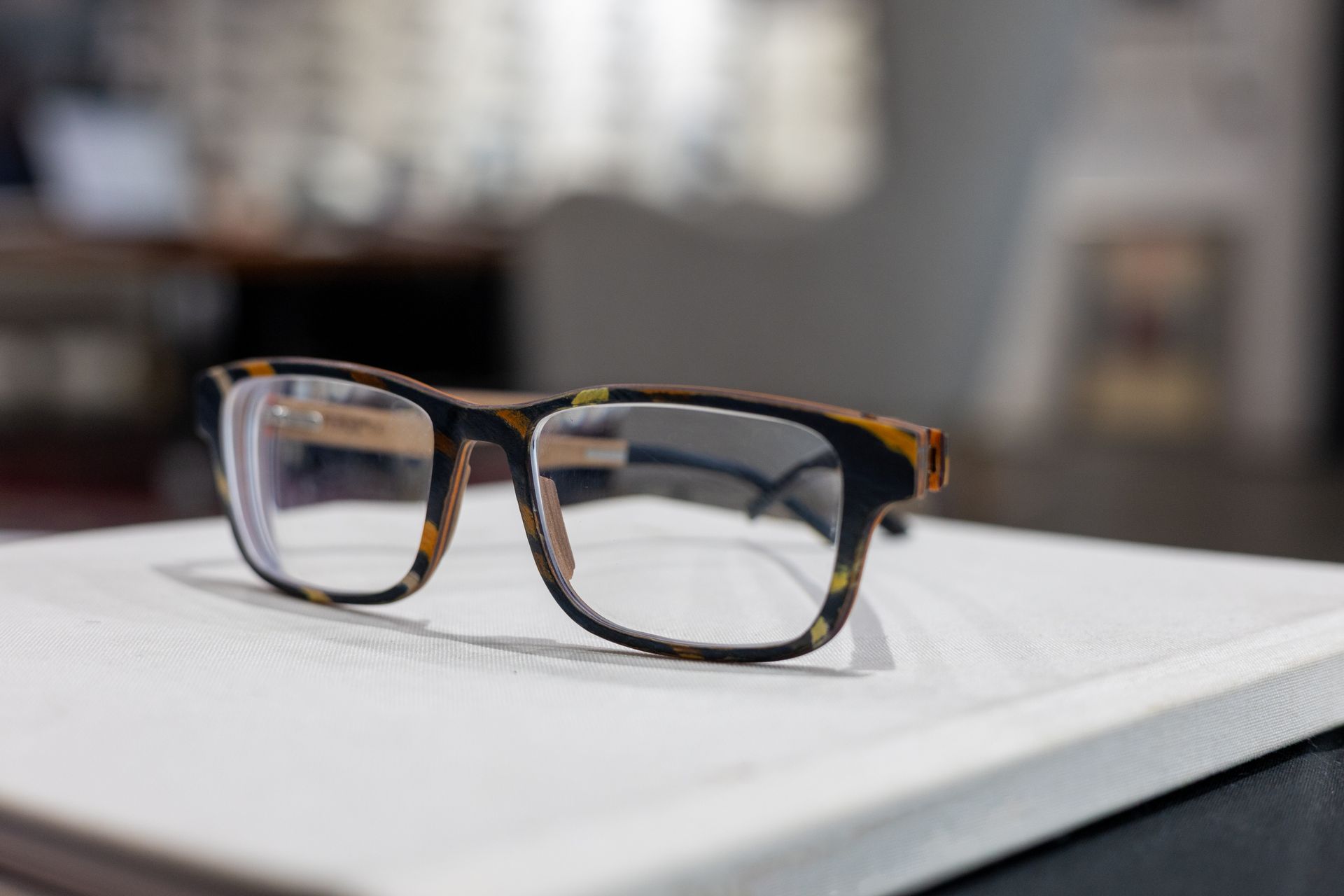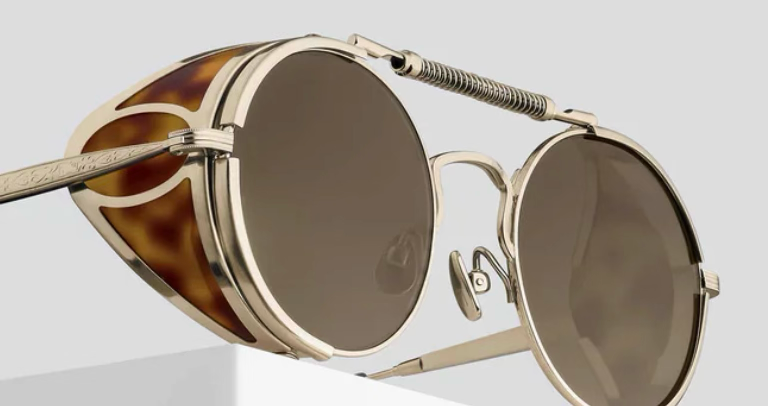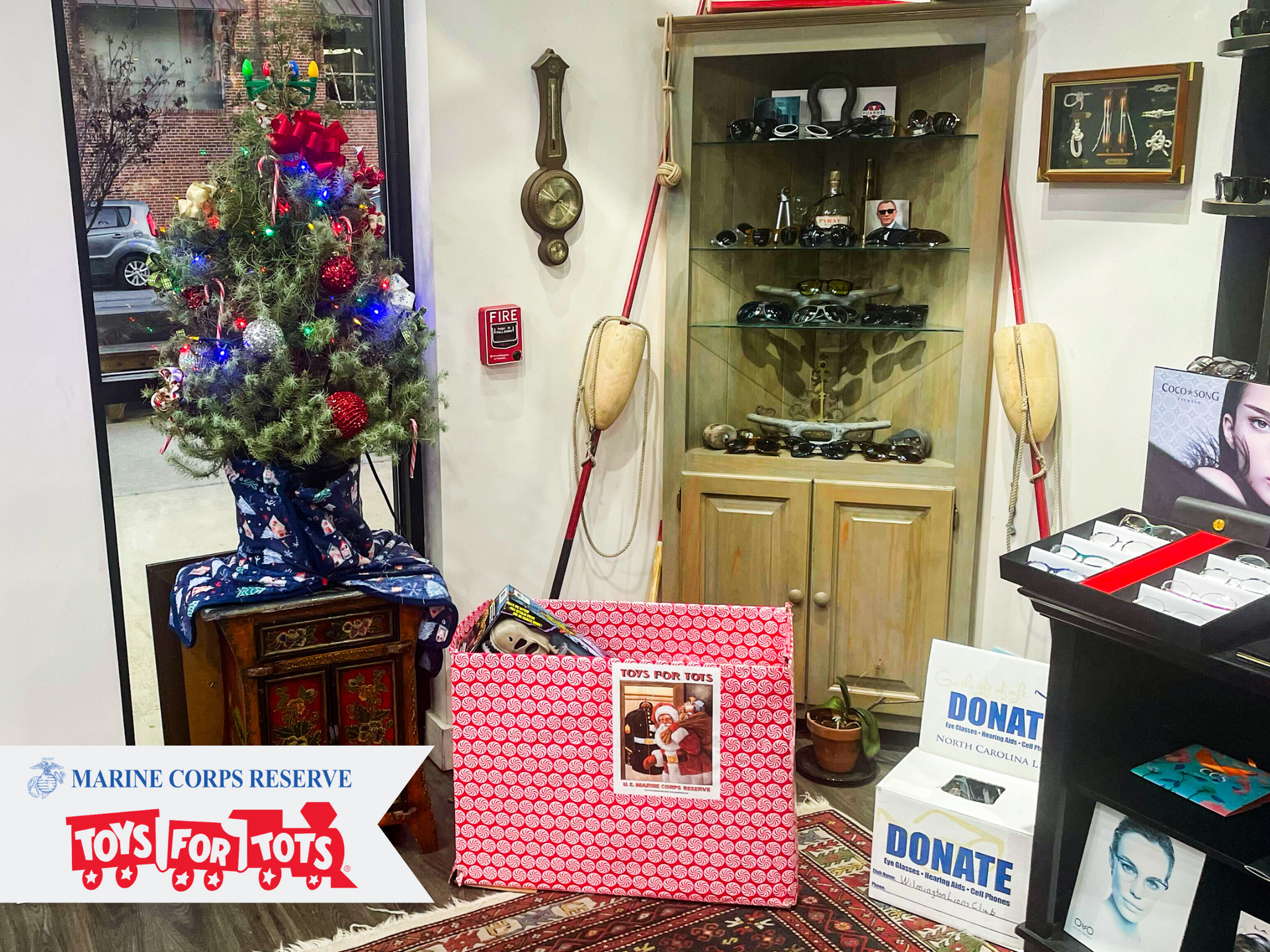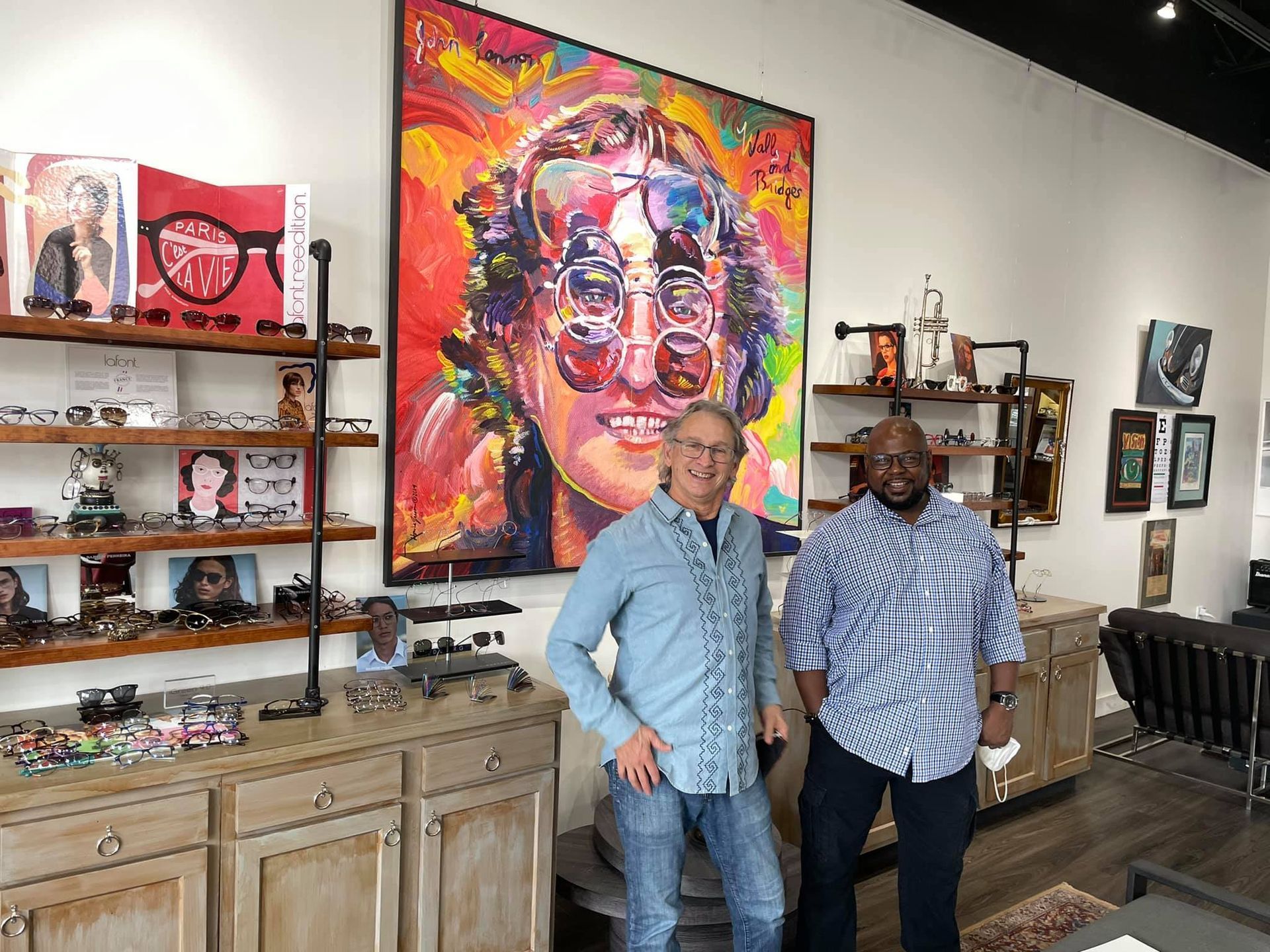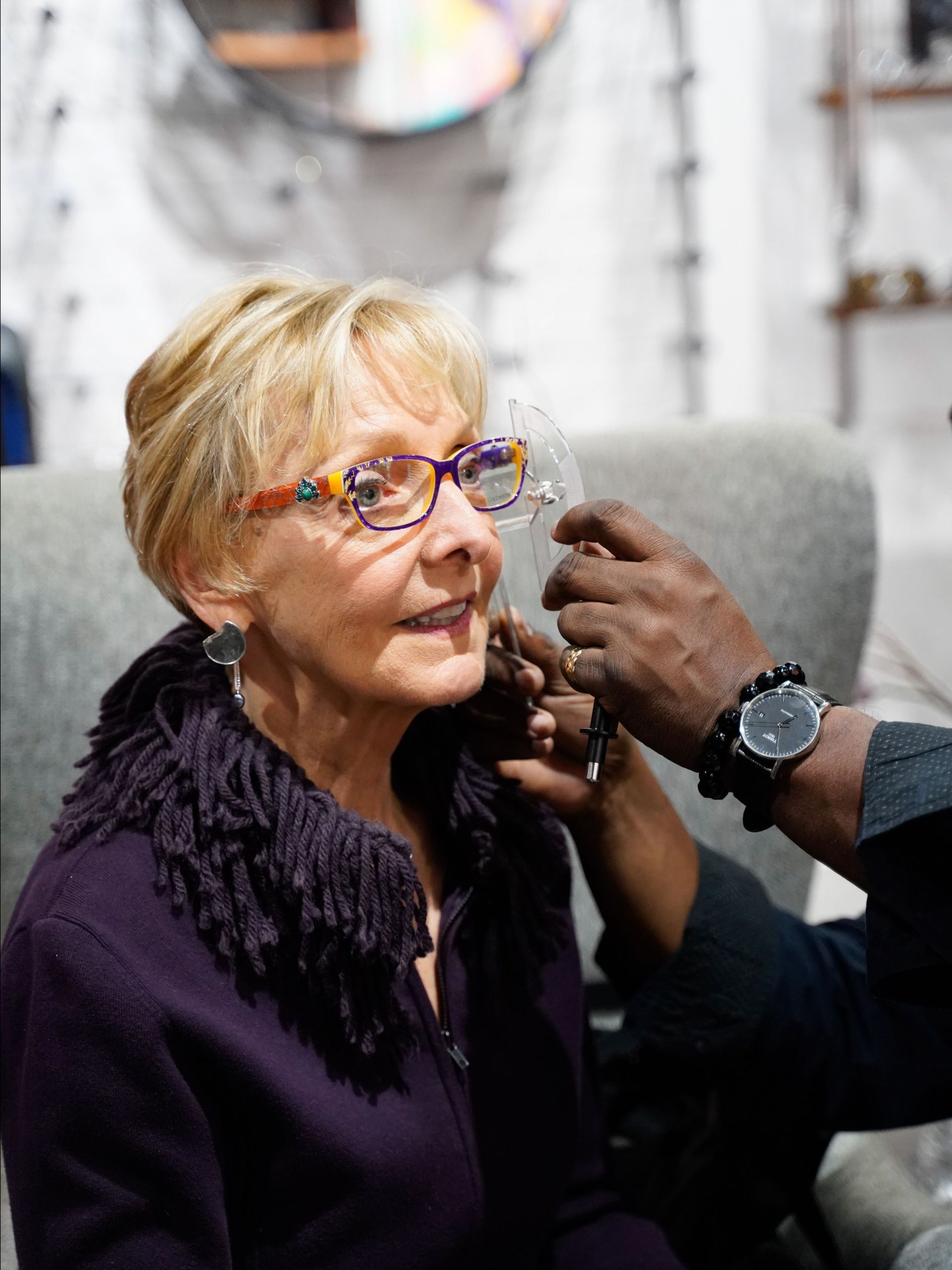The Art of Eyewear: The Frame Game
It's such a small thing today that you might not even think about it: your glasses. Yet they can be such vital, functional pieces of our everyday lives. Let's chat about the ways that eyewear has changed over the centuries, morphing over time, and developing into a craft like any other artistic endeavor.

Looking at Eyewear Through History
On February 23rd, 1306, Giordano da Rivalto sheds a little light into the art and history of eyewear by stating in a sermon, "it is not yet twenty years since there was found the art of making eyeglasses which make for good vision, one of the best arts and most necessary that the world has," and he coined the word occhiali meaning eyeglasses.
In ancient times, someone noticed that convex-shaped glass magnified images. Sometime between the years 1000 and 1250, crude technology began to develop called reading stones, which were simple magnifiers. English-Franciscan friar Roger Bacon (1220 -1292) noted that letters could be seen better and larger when viewed through less than half a sphere of glass in his book Opus Majus (1268). Bacon's experiments confirmed the principle of the convex (converging) lens, which was described earlier by Ḥasan Ibn al-Haytham, also known as Alhazen (965-1038). Today, he is regarded as the "father of modern optics." Ḥasan Ibn al-Haytham was an Arabian mathematician, optician, and astronomer in Cairo whose research helped Bacon recognize that convex lenses could assist weak eyes or the vision of aged persons.

Venice, Italy (the island of Murano specifically) was one of the most advanced centers for the medieval glass industry. Its guild of crystal workers was formed in 1284. In one of the guild’s earliest regulations, the organization adopted a term for the discs for the eyes (roidi da ogli or vetri da occhi) for the first time.
Although very pampered for middle-class artisans, glassmakers weren't allowed to leave the Republic. If a craftsman got a hankering to set up shop beyond the Lagoon, he risked being assassinated or having his hands cut off by the secret police.
It was the city of Florence that by the middle of the fifteenth century led in the innovation, production, sale, and spread of spectacles within and outside Italy. There were fifty-two spectacle makers between 1413 and 1562. It was in Florence that both convex and concave lens shapes first were developed in the West. Other European eyewear maker guilds formed later, the first in Germany in 1535, and then in England under King Charles' rule in 1639.
With the invention of Johannes Gutenberg's printing press in 1454, eyewear began rising in popularity, necessary for all classes of society and was the impetus for all the growth in this industry.
Frame Design and Distribution
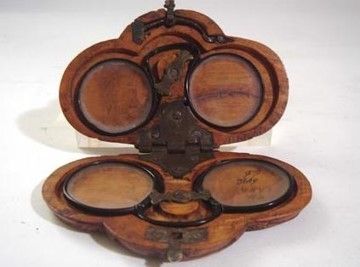
The first frames were for round lenses, followed by oval, and eventually, rectangular ones became popular in the mid-1830s. Some materials for later frames included brass, tortoiseshell from the hawksbill turtle, baleen, steel, silver, and gold.
Leather-framed spectacles have long been considered the “Holy Grail” for collectors of antique eyeglasses. The reason for this is that anything earlier than leather is extremely rare and the few known can only be found in certain fortunate European institutions. The Venetian merchant ship Gagiana sank near the rocky inlet Gnalic in 1583 and the oldest leather examples were found on board.
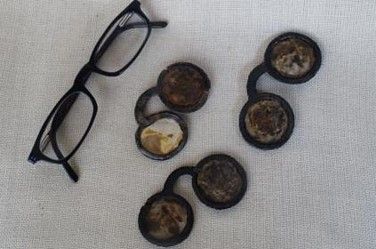
Frames for Fashion
By the 1970s, frames had taken on fashionable allure. This era marked a substantial transition, from simple choices, limited materials, a few shapes, and the burden of chunky or unattractive eyewear into fashion as the driver of design.
There was also a growing movement towards designer and name-brand frames such as Dior, Porsche, Carrera, Cazal, Bugatti, Cartier, Colani, Jaguar, Lacoste, and Porsche, influenced by the designers of the '70s.
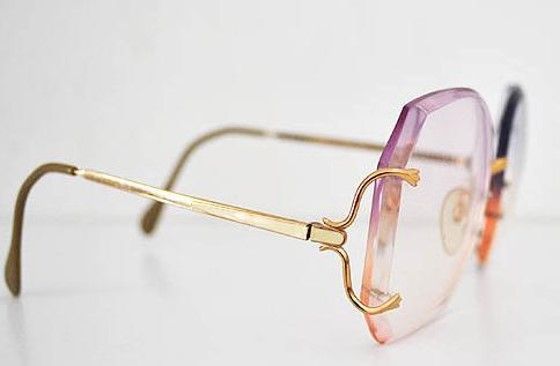
Emergence of New Materials
In 1964, Wilhem Anger patented Optyl, a new-age resin that is hypoallergenic, extremely lightweight, and durable. It also takes on almost any color pattern, with a long lifespan for color retention, and unusual shape retention properties, all combining for a frame material that aided in the fashion overhaul of the mid-20th century.
Titanium was another important player in the frame game. Its first use was attributed to Colani frames and ushered in the first rimless frames from Dior. It is a very strong, lightweight, and colorful material.
There was also the development of titan-flex or flexon, which has a good weight-to-strength ratio and is less expensive than pure, non-flexible titanium. It also allowed bridge and temple pieces to have extreme flexibility and strength while leaving the body of the frame rigid for pads, eye wire, and hinges.
Eyewear Today — Modern Frame Styles and Materials
Today, stainless steel, titanium, and aluminum are most widely used in eyewear manufacturing. Alloy mixes are also sued to achieve the best results for color and strength, eliminating any possible disadvantages of using only one material. Horn, laminated wood, and solid sterling silver are still used today, and you'll also commonly find stone and enamel inlays. C and C cutting and shaping equipment are very useful in creating fine details.
Mazzucchelli Acetate, first developed in Italy, is a stand-out material, brilliantly imitating horn and tortoiseshell, the latter of which is banned from production worldwide. Molded zyle is another cheaper alternative.

Crafting the Consumer Experience at CustomEyes
The legacy of eyewear as art continues today, and our boutique specializes in finding you frames that are both functional and fashionable. With dozens of designers to choose from, colors, details, materials, and different frame designs to peruse, we are confident that we have the right eyewear for you. Even if you have not considered it before, shopping for your eyewear should be a fun, creative, and satisfying endeavor.
Visit our brick-and-mortar boutique in the South Front District of Wilmington, NC for an unparalleled eyewear shopping experience.
FEB 31st is just one designer that we carry, boasting colorful, bold, and unique frames.

